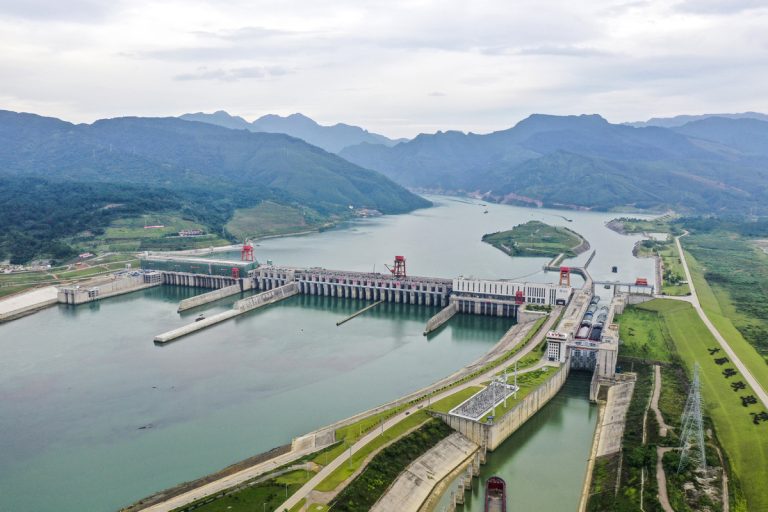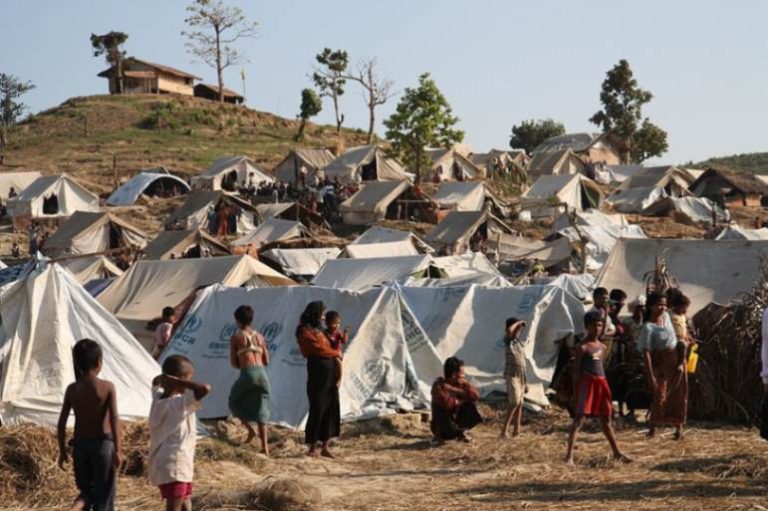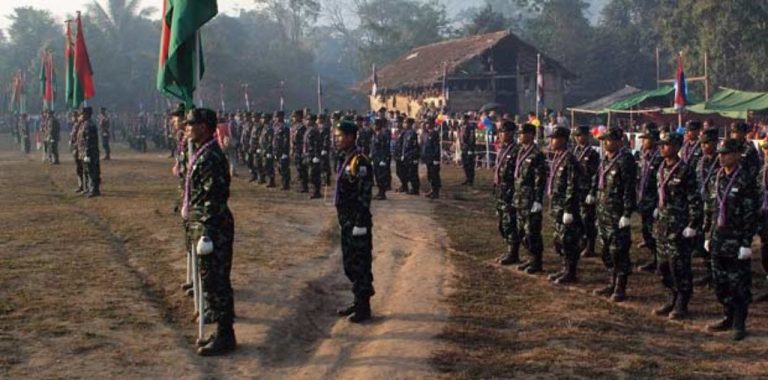
Flag of Pakistan in front of a clear blue sky
On the eve of 16th December 1971, The Islamic Republic of Pakistan faced the success of a secessionist movement in its East Pakistan. The secession had different reason among which economic disparities, political neglect, and secessionist narratives were the major ones. This collective trauma for the nation serves as a harsh reminder of the high stakes involved when regions feel marginalized. A similar scenario unfolds in the Azad Jammu and Kashmir (AJK) region of Pakistan, where the initial protests were based on the economic hardships particularly the high electricity prices and wheat shortages which got resolved through government subsidies. However, the echoes of the past rose by the strong involvement of the security forces of Pakistan to control the mob and the resulting casualties along with the external influence from the neighbour by continuing to stoke the secessionist narratives. The resurgence of dissent puts Pakistan into a strategic dilemma, a state which is keenly aware of the consequences of 1971, hence is placed in a position to address the grievances and ensure national integrity.
Rising prices for wheat and electricity have provoked recent Azad Jammu and Kashmir protests led by Jammu Kashmir Joint Awami Action Committee. AJK hydroelectric dams produce most of Pakistan’s electricity, but it’s not cheap. It was because the people felt unfairly burdened that animosity developed. Wheat prices climbed to such an extent that people were driven to the brink and little rebellions sprang off. In reaction to financial strains, the administration quickly used subsidies to alleviate dissatisfaction. Prime Minister, Mian Muhammad Shahbaz Sharif, on Monday released Rs. 23 billion rupees subsidy to address the economic concerns of the people of AJK. The political and economical neglect of AJK is similar to the separatist aspirations in East Pakistan before to 1971. Like East Pakistan, AJK has always believed to struggle economically even with its economic contribution. Following political neglect of East Pakistan, which was essential to the economy, came discontent and demands for autonomy. For the reasons above mentioned, East Pakistan was divided into Bangladesh. This historical background cautions Pakistan about the dangers of enabling dissatisfaction to spread and ignoring regional issues.
However, the killings have changed public perception of AJK even if the administration has addressed the economic problems that caused the unrest. On Monday, three protestors got killed after the subsidy was announced and various casualties both from state and protestors side happened in the span of a week. Several protestors suffered injuries and even lost their lives. The protestors’ excessively violent and callous response to the human cost has shaped the perception of the administration among many in the community. Residents of AJK are becoming more suspicious of authorities as a result of fatalities and injuries, which has heightened unrest since bereaved families desire accountability over financial compensation.
The AJK protests have heightened both local and worldwide secessionist ambitions. Not only financial support, but also self-governance or independence from Pakistan are sought after by regional political groups and nongovernmental organisations. Although the secessionist narratives seems to be low at the local level, the rival countries are using the secessionist narrative through their media to ignitie these protests based on domestic cause into a secessionist cause. These emotions are made worse by previous complaints and the way the state has handled protests. Separatist AJK groups have also been the focus of traditional and digital media. Popularity of these stories has hampered Pakistani unity and complicated politics.
With India and other neighbours participating, the AJK protests have important geopolitical implications. The dispute in Kashmir has soured ties between Pakistan and India. The late occurrences in AJK can be beneficial to India. India wants to create unrest in the region to endanger Pakistani territorial sovereignty. Neighbours who back instability and secession could exert pressure on Pakistan. Internal issues in Pakistan and regional power relations would suffer.
It is documented in history that despotism and neglect kill. Pakistani strategic elites should worry about a separatist split if the AJK problems are not resolved. The concept is to protect national unity and territorial frontiers against attacks from within and outside. In the 21st century, the warfare has not remained to traditonal borders and conventional weapons, narrative warfare is the new normal in the 21st century. Pakistani authorities are understanding from experience that AJK requires a more comprehensive and humane government along with a strong strategic communication that could bury all the secessionist ambitions rising in AJK. Use of language has been the major tool of such narrative warfare. Indian media outlets use the secessionist language to give a wrong dimension to the protests. An Indian publication site, ‘Swarajya’ gives the title of their article as, “POK Erupts As Slogans Of ‘Azaadi’ Echo Amid Brutal Crackdown By Pakistan Army — Here’s What We Know So Far.” Along with it, the Home Minister of India, Amit Shah on Wednesday while addressing a rally in Serampore said that, “While peace has returned to once trouble-torn Kashmir after abrogation of Article 370 in 2019, Pakistan-occupied Kashmir now echoes with slogans of Azadi and protests. POK is part of India and we will take it.”
Pakistan recognizes the valid concerns of the citizens of AJK, while also condemning secessionist efforts that could potentially overturn the government. Maintaining this equilibrium will help to prevent the formation of separatist movements and the isolation of AJK (Azad Jammu and Kashmir). The administration must furnish the opposition with enduring political, social, and economic remedies. This comprehensive plan encompasses the rectification of systemic inequities, guaranteeing active participation in political processes, and integrating AJK into Pakistan’s developmental ambitions. Maintaining this equilibrium is vital in order to prevent the occurrence of a catastrophic event like to the collapse of 1971 and to uphold the cohesion of the nation.




